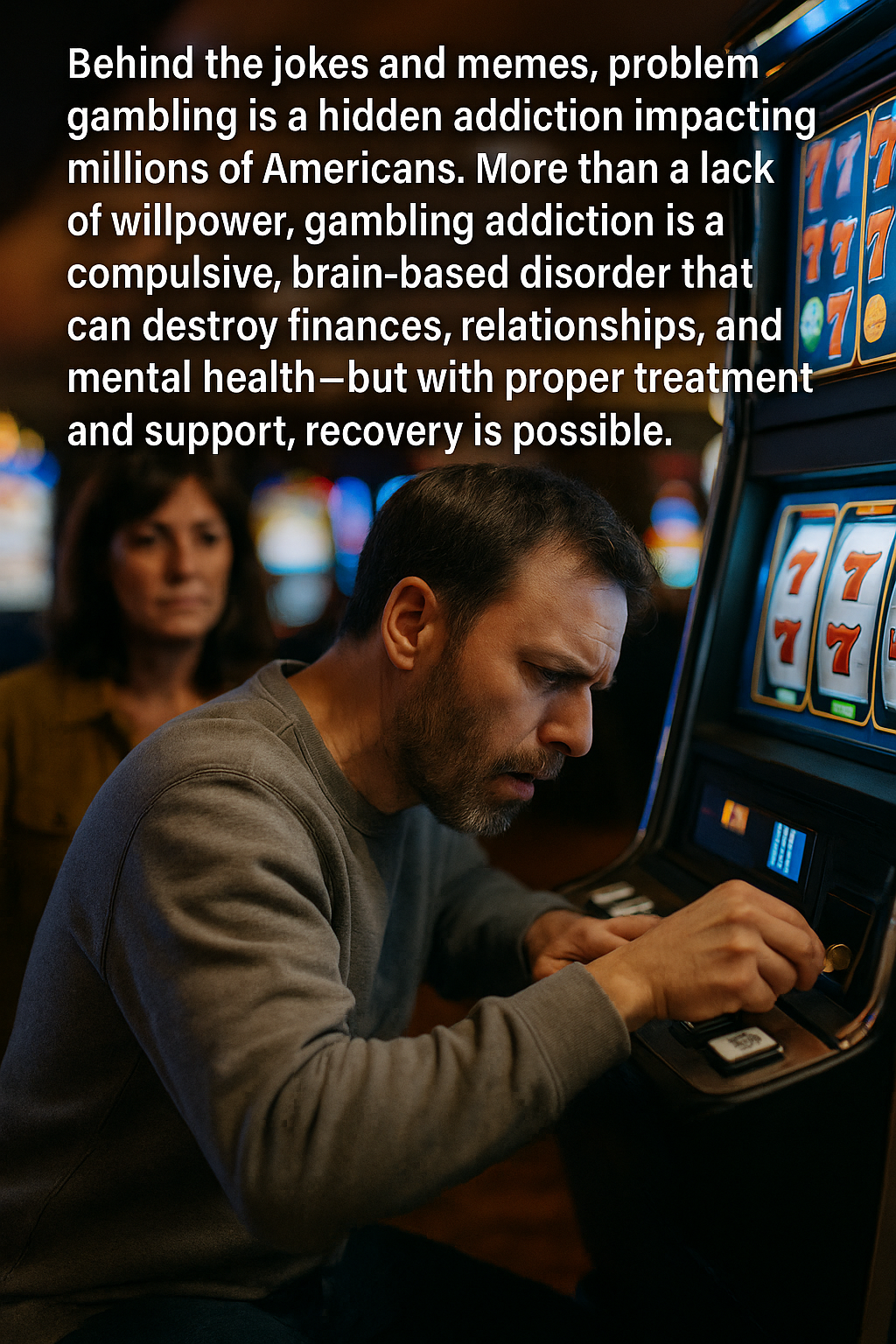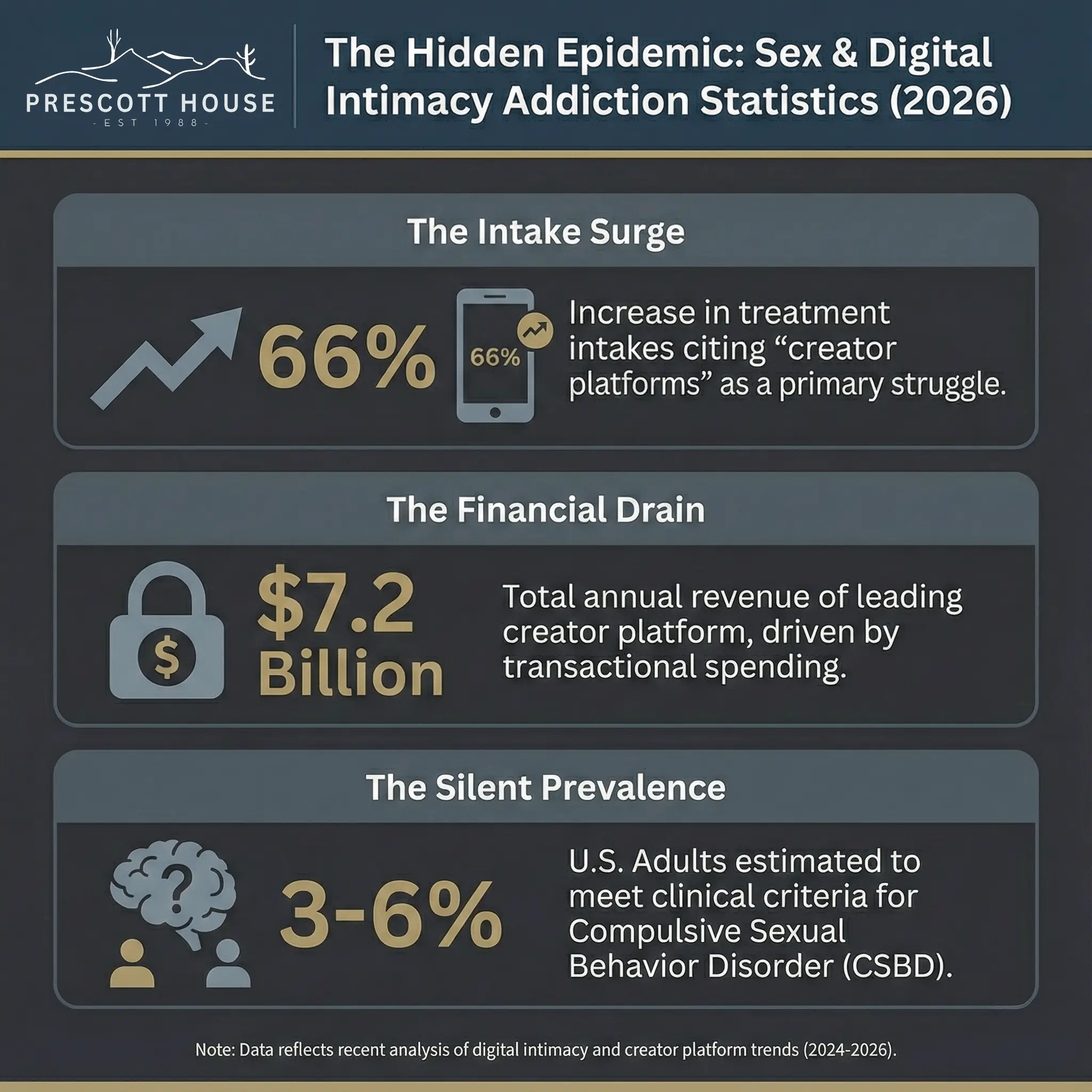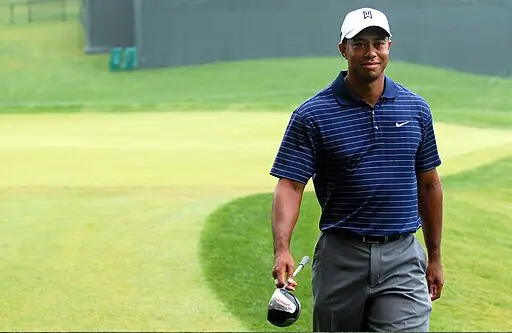Picture this: A friend shares a meme of someone desperately feeding coins into a slot machine, caption reading "Me on payday." Everyone laughs. It seems harmless, right? Yet for millions of Americans struggling with problem gambling, this common joke represents a daily battle that's anything but funny.
Problem gambling extends far beyond the stereotypical image of someone losing their life savings at a casino. It's a complex behavioral addiction that affects individuals across all demographics, income levels, and backgrounds. While casual gambling might be a harmless recreational activity for many, problem gambling develops when the behavior becomes compulsive, uncontrollable, and begins to negatively impact one's life.
This article aims to provide a comprehensive understanding of problem gambling—examining its realities, the science behind the addiction, treatment options, and emerging trends. By moving beyond simplistic stereotypes, we can foster greater awareness and compassion for those affected by this serious condition.
The Reality of Problem Gambling
Debunking the Myths
Before diving deeper, let's address some common misconceptions about problem gambling:
- Myth: Problem gamblers simply lack willpower. Reality: Gambling addiction involves complex neurobiological processes similar to substance addiction.
- Myth: You must gamble every day to have a problem. Reality: The frequency matters less than the impact on one's life and inability to stop.
- Myth: Only those with financial problems develop gambling addictions. Reality: People from all economic backgrounds can develop problematic gambling behaviors.
- Myth: If you can afford to lose the money, gambling isn't a problem. Reality: Financial loss is just one of many negative consequences; emotional distress and relationship damage are equally significant.
At Prescott House, we've worked with attorneys, doctors, and CEOs who maintained successful careers while secretly battling devastating gambling problems. The outward appearance of stability can mask significant inner turmoil.
Prevalence and Statistics
The scale of problem gambling in the United States is alarming. According to recent studies, approximately 1.2-6.2% of Americans qualify as problem gamblers. This translates to millions of individuals silently struggling with this addiction.
More concerning is the rising trend among specific demographics:
- Young adults (ages 18-25) show higher rates of problem gambling than other age groups
- Men are more likely than women to develop gambling disorders, though the gap is narrowing
- Veterans show nearly twice the rate of problem gambling compared to the general population
- Sports bettors demonstrate higher problem gambling rates than traditional casino gamblers
The legalization of sports betting across many states has contributed to a surge in gambling participation. A recent UC San Diego Health study revealed a significant increase in gambling addiction cases following sports betting legalization in various regions.
The Human Cost
Beyond statistics lie human stories. Problem gambling devastates lives in multiple ways:
Financial ruin: The average debt of a problem gambler seeking treatment exceeds $40,000. Many face bankruptcy, home foreclosure, and even homelessness. We've seen clients who've lost seven-figure sums—their life savings, retirement accounts, and children's college funds—all while telling themselves they were "just about to win it back."
Relationship breakdown: Secrecy, lies, and financial deception corrode trust in relationships. Many problem gamblers report divorce, family estrangement, and social isolation. One client described how his wife discovered his gambling problem only when sheriff's deputies arrived to evict them from their home—a home she thought they owned outright.
Mental health consequences: Problem gamblers experience depression and anxiety at rates far exceeding the general population. Approximately 50% of those with gambling disorders have contemplated suicide, and 17% have attempted it—staggering numbers that highlight the severity of this condition.
Legal issues: Desperate for funds, some problem gamblers resort to illegal activities. Embezzlement, fraud, and theft become means to fuel the addiction or attempt to recover losses. At Prescott House, we've worked with clients facing legal consequences that compound their recovery challenges.
While some of the memes and videos are funny they typically have a ring of truth that shouldn't be ignored. Like this one from the popular show South Park. It has that middle ground of funny and sad at the same time. South Park has always been good about bringing out these truths of the world in a humorous light and while that might not necessarily be a bad thing as awarness is more important I think.
The Science Behind the Addiction
The Brain's Role
Gambling addiction isn't about moral weakness—it's about neurobiology. Research using neuroimaging techniques reveals that gambling activates the brain's reward system similarly to drugs like cocaine.
When someone gambles, the brain releases dopamine, a neurotransmitter associated with pleasure and reward. For problem gamblers, this release occurs not just during winning but in anticipation of gambling. Over time, the brain requires more gambling activity to achieve the same dopamine release, creating a tolerance similar to substance addiction.
Particularly interesting is how near-misses (almost winning) activate reward pathways almost as strongly as actual wins. This phenomenon helps explain why gamblers continue despite consistent losses—their brains receive reward signals even when they're losing.
The prefrontal cortex, responsible for decision-making and impulse control, shows decreased activity in problem gamblers. This neurological change impairs their ability to make rational choices about their gambling behavior.
Risk Factors
Multiple factors contribute to gambling vulnerability:
Genetic predisposition: Studies of twins suggest that genetic factors account for 40-60% of the risk for developing a gambling disorder. These genetic influences affect dopamine receptor availability and impulse control mechanisms.
Psychological factors: Certain personality traits increase vulnerability, including impulsivity, sensation-seeking, and competitiveness. Individuals with conditions like ADHD, bipolar disorder, or substance use disorders face elevated risk.
Environmental influences:
Environmental influences: Early exposure to gambling, particularly winning experiences during adolescence, significantly increases risk. Family attitudes toward gambling, peer pressure, and cultural normalization all play roles in vulnerability development.
Accessibility: The proliferation of online gambling platforms has removed traditional barriers to participation. Where gambling once required physical travel to a casino, it now exists in everyone's pocket via smartphones. This 24/7 accessibility creates new pathways to addiction.
In our treatment programs, we've observed how these risk factors often interact. One client, a successful business executive, carried a genetic predisposition from his father's gambling problems, experienced early wins in college poker games, and later used high-stakes trading as stress relief from work pressures. This perfect storm of vulnerabilities eventually led to devastating losses that threatened both his career and marriage.
Seeking Help and Treatment
Recognizing the Signs
Identifying problem gambling early can prevent significant harm. Warning signs include:
- Preoccupation with gambling (constantly planning the next opportunity or reliving past experiences)
- Needing to gamble with increasing amounts of money to achieve the desired excitement
- Repeated unsuccessful efforts to control, cut back, or stop gambling
- Restlessness or irritability when attempting to reduce gambling activity
- Using gambling as an escape from problems or to relieve feelings of helplessness, guilt, anxiety, or depression
- Returning to gambling after losing money to "get even" (chasing losses)
- Lying to family members, therapists, or others to conceal the extent of gambling
- Jeopardizing or losing significant relationships, job opportunities, or educational prospects because of gambling
- Relying on others for money to relieve desperate financial situations caused by gambling
The progression from recreational gambling to addiction isn't always obvious. Many of our clients report a "honeymoon phase" where gambling seemed manageable and even profitable before problems emerged. This gradual descent makes self-recognition challenging.

Available Treatments
Effective treatment approaches for problem gambling include:
Cognitive-Behavioral Therapy (CBT): This evidence-based approach helps identify and change unhealthy gambling behaviors and thoughts. CBT teaches practical strategies to manage gambling urges, cope with stress, and rebuild financial stability. Studies show that CBT reduces gambling behavior and prevents relapse in 60-90% of treated individuals.
Support Groups: Organizations like Gamblers Anonymous apply a 12-step model similar to Alcoholics Anonymous. These peer support communities provide understanding, accountability, and practical guidance from those with lived experience. Many successful recoveries include both professional treatment and ongoing support group participation.
Medication: While no FDA-approved medications specifically target gambling disorder, certain pharmaceuticals may help manage co-occurring conditions or symptoms. Naltrexone, which blocks opioid receptors and reduces the pleasure associated with addictive behaviors, has shown promise in reducing gambling urges.
Family Therapy: Problem gambling affects entire families. Therapeutic approaches that include loved ones help repair relationships, establish healthy boundaries, and create supportive recovery environments.
At Prescott House, we've found that longer-term treatment models yield significantly better outcomes for gambling addiction. The complexity of rewiring deeply ingrained behavioral patterns requires sustained therapeutic engagement. Our community-based approach, where recovering gamblers mentor newer clients, provides powerful real-world modeling of successful recovery.
Overcoming Barriers to Treatment
Despite effective treatment options, only about 10% of problem gamblers seek help. Multiple barriers prevent access:
Stigma: Society often views gambling problems as moral failings rather than medical conditions. This perception creates shame that prevents many from acknowledging their struggles. One client told us he'd "rather admit to almost anything else" than his gambling problem.
Denial: The cognitive distortions associated with gambling disorder often include belief in eventual winning despite overwhelming evidence to the contrary. This "gambler's fallacy" fuels continued gambling and resistance to treatment.
Financial constraints: Ironically, the financial devastation caused by gambling creates barriers to accessing care. Many arrive at treatment having exhausted insurance benefits or facing significant debt.
Treatment availability: Specialized gambling treatment programs remain less common than substance abuse treatment, creating geographical barriers for many seeking help.
Overcoming these barriers begins with destigmatization. Reframing gambling disorder as a treatable health condition rather than a character flaw opens doors to recovery. Increasing insurance coverage for gambling treatment and integrating problem gambling screening into primary care can also improve access.
The Future of Problem Gambling
Emerging Trends
The gambling landscape continues to evolve rapidly, creating new challenges:
Digital transformation: Online gambling platforms offer unprecedented convenience with reduced friction—no travel required, digital payment methods, and gamification elements that increase engagement. The COVID-19 pandemic accelerated this trend, with many traditional gamblers moving online during lockdowns and continuing their digital participation afterward.
Convergence of gaming and gambling: The line between video games and gambling grows increasingly blurry. Loot boxes, skin betting, and in-game purchases incorporate gambling mechanics, potentially normalizing these behaviors for younger users. Research suggests early exposure through these hybrid formats may increase vulnerability to traditional gambling problems later.
Cryptocurrency gambling: Blockchain-based gambling platforms operate with limited regulation and oversight. The volatility of cryptocurrencies adds another layer of risk, as users may gamble with assets that themselves fluctuate wildly in value.
Sports betting explosion: The legalization of sports betting across many states has transformed sports viewership. Integration of betting odds into broadcasts, celebrity endorsements of betting platforms, and in-stadium sportsbooks create an environment where gambling becomes inseparable from sports fandom.
We've already begun seeing these trends reflected in our client population, with
Conclusion
As we've explored throughout this article, problem gambling represents a serious public health concern that extends far beyond the casual jokes and memes that often trivialize it. The neurobiological basis, devastating personal consequences, and evolving landscape of gambling opportunities create a perfect storm that affects millions of Americans. Yet there is hope. With greater awareness, reduced stigma, and access to evidence-based treatments, recovery is possible for those struggling with gambling disorders.
At Prescott House, our mission is to provide compassionate, comprehensive treatment for men battling addictive behaviors, including problem gambling. We understand the complex interplay of factors that contribute to gambling addiction and offer individualized treatment plans that address not just the behavior, but the whole person. If you or someone you love is struggling with problem gambling, remember that seeking help is a sign of strength, not weakness. Resources like the National Problem Gambling Helpline (1-800-522-4700) and treatment centers like ours stand ready to support the journey toward recovery. As recent research from American Psychological Association shows, with proper intervention and support, the brain can heal and sustainable recovery is achievable.
Related Gambling Addiction Readings
- Gambling Addiction Recovery — A full look at Prescott House’s approach to recovering from gambling addiction. (Read more →)
- The Link Between Gambling Addiction and Mental Health — Explores how gambling problems interact with anxiety, depression, and emotional distress. (Read more →)
- FAQs about Gambling Addiction — Answers key questions around symptoms, treatment, and aftercare. (Read more →)
- Gambling Addiction Treatment at Prescott House — Overview of their program and services. (Read more →)













